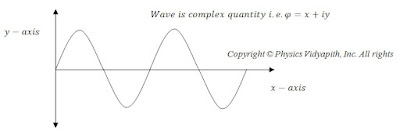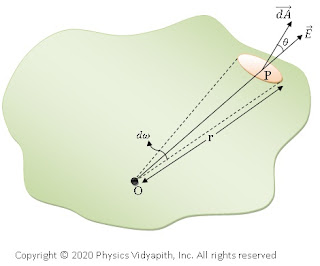A nuclear reactor is a device within which a self-sustaining controlled chain reaction is produced by fissionable material. it is thus a source of control energy that is utilized for several useful purposes. The reactor has some important part which is given below:
Construction:
It is made up of a large number of uranium rods which are placed in calculated geometrical lattice between layers of pure graphite ( moderator) blocks. To
prevent oxidation of Uranium, the rods are covered by close-fitting
aluminum cylinders. The control rods are so inserted within the lattice that they will be raised or lowered between the Uranium rods whenever necessary. The whole reactor is encircled by a concrete shield.
Working:
The actual operation of the reactor is started by pulling out the control rods so that they do not absorb many neutrons. Then, the stray neutrons,
which are always present in the tractor, start fissioning the U-235 nuclei.
In each fission, two or three fast neutrons are produced. These neutrons repeatedly strike the moderator and slowed down. Then, These neutrons start fissioning the U-235 nuclei. So, a chain-reaction of fission starts. The number of neutrons, which is produced in fissioning, is controlled by pushing the cadmium rods into the reactor. These rods absorb a number of the neutrons. Thus, the energy produced in the reactor is kept under control to avoid any explosion. The coolant is pond pumped through the reactor to carry away The Heat generated by the fission of uranium nuclei. the hot CO2 passes through the heat exchanger and convert cold water into steam. This steam is used to operate turbines for generating electricity.
- Fuel: The fassionable material such as Uranium-235 and Plutonium-239 known as fuel. These materials play an important role in operating the nuclear reactor.
- Moderator: It slows down the neutrons to thermal energies through the elastic collision between its nuclei and fission neutrons. Thermal neutrons have a very high probability of fissioning Uranium-235 nuclei. Examples: heavy water graphite beryllium oxide. Heavy water is the best moderator.
- Control Rods: These rods are used to control the fission rate in the reactor. these Rods are fixed in the reactor walls. These rods are made up of the material of cadmium and Boron. These materials are good absorbers of slow neutrons. Therefore when the rods are pushed into the reactor, the fission rate decreases, and when they are pulled out, the fission grows.
- Coolant: The coolant is used to remove the heat from the reactor which is produced inside the reactor. For this purpose air-water or CO2 is passed through the reactor.
- Shield: various type of intense rays are emitted from the reactor, which may be injurious to the people working near the reactor. To protect them from this radiation, thick concrete walls are erected around the reactor.
- Safety device: In case of an accident or other emergency, a special set of control rods, called " shut-off rods" enter the reactor automatically. They immediately absorb the neutrons so that the chain reaction stops entirely.











